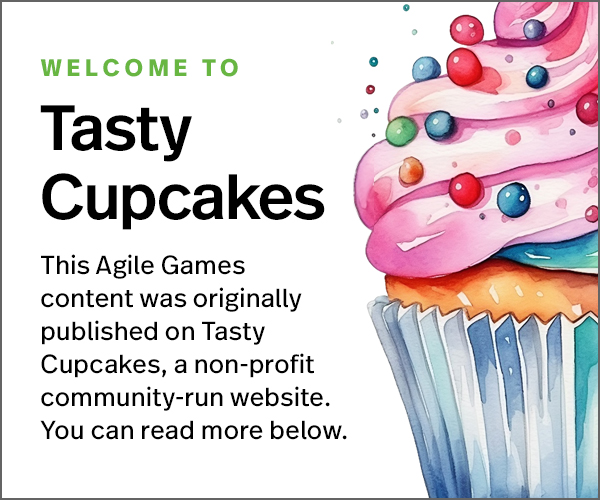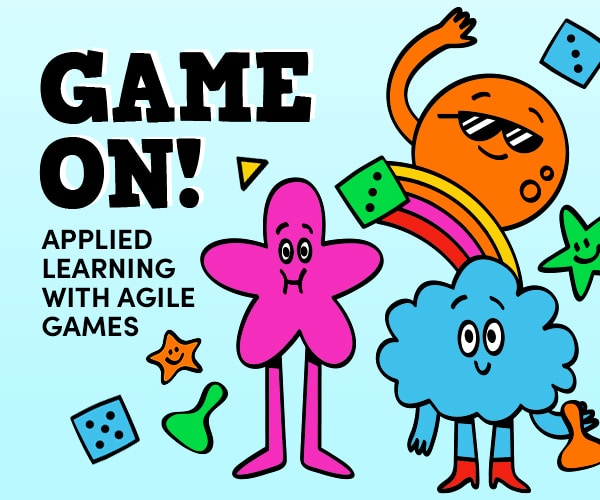Timing
Between 30 minutes and 45 minutes. Allow 5-10 minutes to debrief
Materials
Rory’s Story Cubes set
Overview
It’s a game with “story cubes” and a lot of insight for teams. Easy to adapt to your needs, and get the best value of “good” things. Allow people to talk openly and exchange points of view. The timeline could be 12-6-3 months or a project debrief.
Instructions
Step 1: Define the timeline…
Define the timeline period. I personally did the full 2014 year. It was the first retro from 2015, so we did a review of 2014 to see all the GOOD things we did. In any case, you can adapt it to a 3-6 months timeline, or “last” project review, or something.
Step 2: The cubes…
This step will depend a lot on the number of cubes you have and the number of people in your team. If you have the full set of story cubes (~$50.-CAD or ~$25 USD in Amazon), it will be 27 cubes. In this exercise, team members took 3 or 4 cubes to represent something during 2014. One rule I did was: ‘Each person must be able to represent something every 3 or 4 months”. With that rule, I was sure that we would get events during the full year.
Step 3: Individual story…
At this moment, people have their cubes, the rule (s), and the timeline. One by one start to put their cubes in the timeline and explain “what” the cube represents. Here, be ready to see funny “cube pictures” and really good things, and some things to improve.
Note: Don’t look for precise dates if the timeline is long. In our case, 12 months was long, so we were looking for the “months” and forgot the day.
Step 4: The full story now…
Now, each team member gives very good stories around the timeline. It is time to put it all together. Allow the time to discuss, and add more explanation about each event or cube. It is here where team members exchange a few points of view and decide what happened first and so on. The team exchanges points of view on the same event, I personally enjoy those 10/15 minutes to put it all together. In the end, few members tell the full story, everyone agrees and that is all.
Step 5: Capture the result…
Step 6: Debriefing…
I cannot do a game or exercise without spending 5 or 10 minutes to debrief the result. Here, I ask “What did you like more?”, “Should I change something next time?”, and more questions to give you feedback and feelings from team members.
Learning Points
Positive spirit enforced. Insight and different points of view about the same subject/event. Team building. Team trust and commitment.
Link to Game: Story Cubes Time Line Retrospective – AgileCafe





